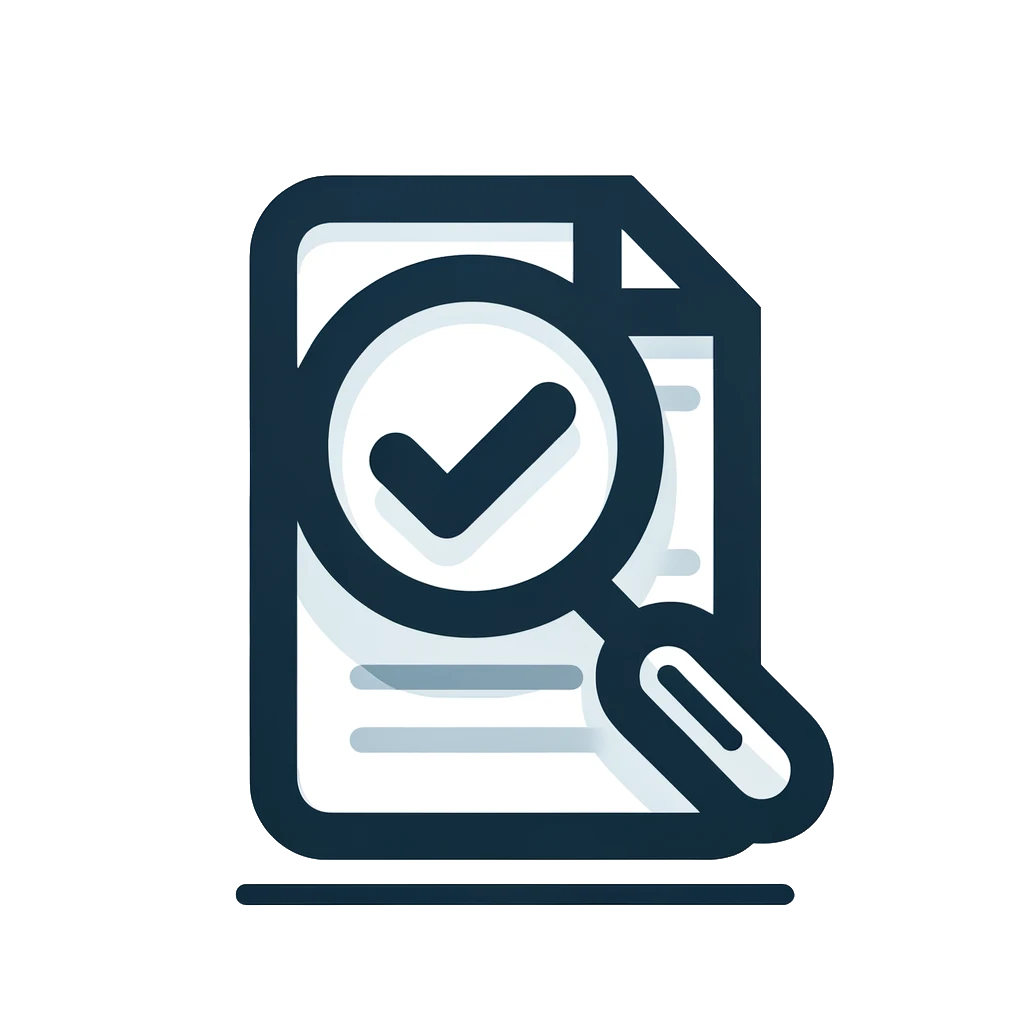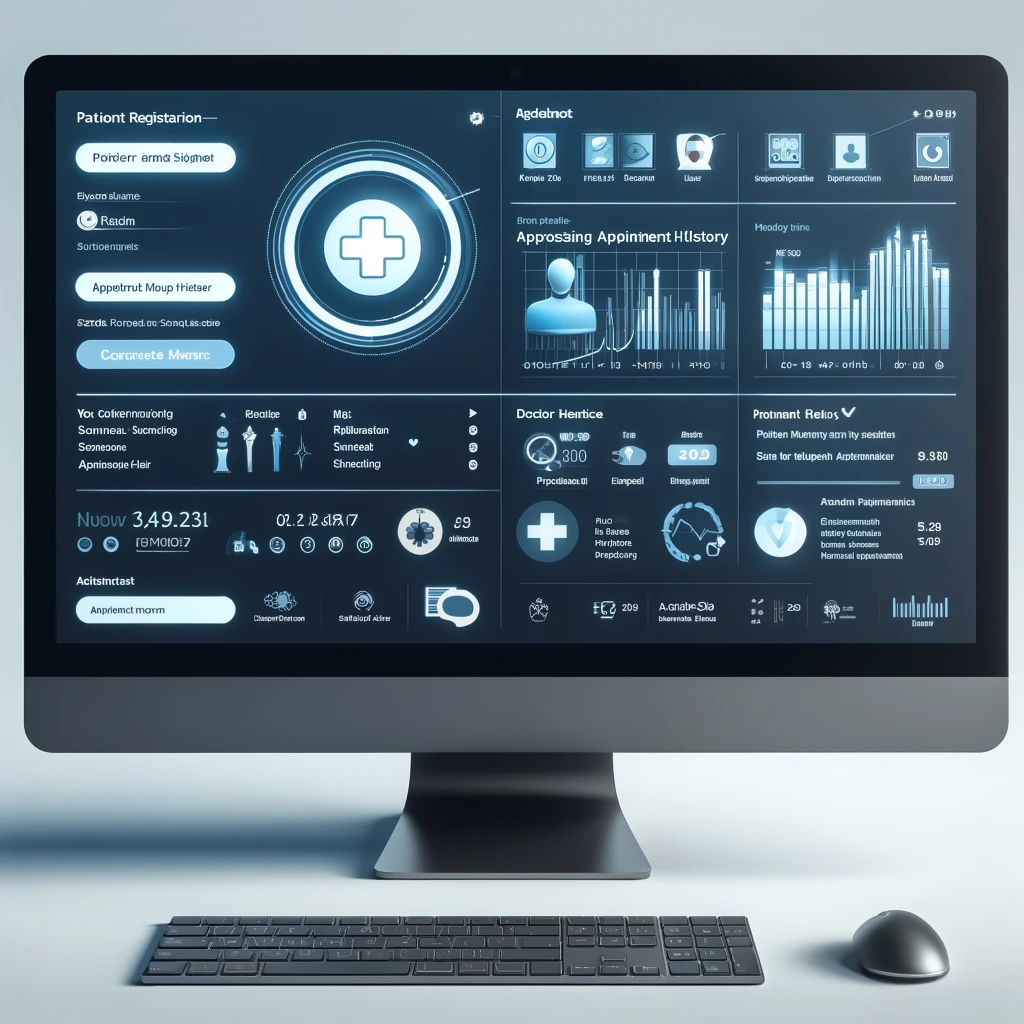What’s Next?
- An email and phone call from one of our representatives.
- A time & cost estimation.
- An in-person meeting.
Introduction: This case study examines our project focused on creating a digital platform for medical institutions, departments, doctors, and patients in Ukraine. By establishing a unified database and streamlining patient registration processes, our goal was to enhance healthcare accessibility and streamline doctor-patient interactions.
Project Overview: Our startup service aimed to provide a comprehensive solution for medical institutions, departments, doctors, and patients across Ukraine. Key aspects of the project included:
Client Profile: Medical Startup
Client Request: The client required assistance in developing a digital platform to streamline the process of selecting a family doctor for patients, facilitate contract signing, and enable online appointment scheduling. Specifically, they sought to:

- Financial Impact: Inefficient processes resulted in missed opportunities for patient engagement and revenue loss.
- Lack of Access to Information: Difficulty finding information about medical institutions and doctors hindered patient selection of family doctors.
- Limited Communication Capabilities: Insufficient communication tools created inconvenience in scheduling appointments.
- Absence of Online Appointment Booking: Lack of online booking capabilities restricted patient access to medical services.
- Inefficiency in Doctor-Patient Interaction: Ineffective online communication tools impacted the quality of care delivery.
- Disruption in Healthcare Accessibility: Limited access to online appointment systems disrupted healthcare accessibility, especially in remote areas.

To address the client's needs, we developed:
- An online system for selecting specialists based on profile and location criteria.
- Online communication channels between patients and doctors.
- Online appointment booking capabilities for patients.

Client: Logistic company About project: The project entails the development of a CRM system to manage orders within a logistics company. The main goal is to streamline the delivery process from suppliers to wholesale buyers by consolidating goods from various suppliers into a single vehicle and delivering them wholesale to different buyers. This approach aims
VIEW DETAILS
Client: Mobile app startup About the Project: CRM System for Workflow Management: The project involves a mobile application providing a service for quick photo processing for a small fee online. Orders made through the app are registered in the CRM system, where a senior manager selects an executor. The work schedules of all retouchers are
VIEW DETAILS